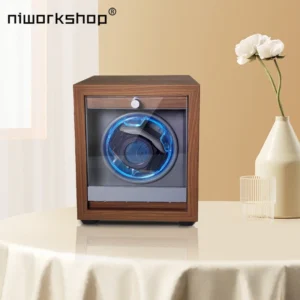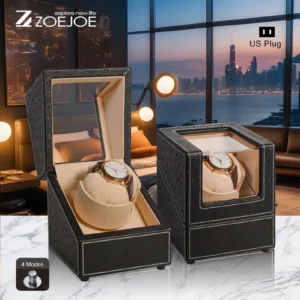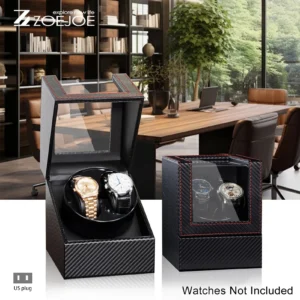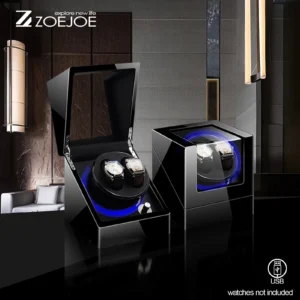Understanding Watch Winder Energy Consumption
A watch winder is a specialized device designed to keep automatic watches running when they’re not being worn. Automatic watches power themselves through the natural motion of your wrist, with internal mechanisms that wind the mainspring as you move. When left unworn for a day or two, these watches stop running, requiring manual resetting of the time and sometimes the date.
Many watch enthusiasts worry about the electricity consumption of these devices, especially if they’ll be running continuously. If you’re considering investing in a watch winder for your timepiece collection, you might be concerned about the impact on your electricity bill.
The good news is that watch winders consume minimal electricity—typically between 1-5 watts depending on the model. To put this in perspective, most watch winders use less power than a standard LED light bulb. The annual electricity cost for running a watch winder is negligible compared to other household appliances.
Key takeaways:
– Watch winders keep automatic watches running when not worn
– They consume very little electricity (typically 1-5 watts)
– Annual operating costs are minimal
– Energy usage varies based on model, size, and features
Understanding the watch winder motor specifications is essential for appreciating their energy efficiency. Modern winder motors are designed to operate with remarkable efficiency while still providing the necessary rotation to keep automatic watches wound properly.
In the following sections, we’ll break down the exact power consumption figures and provide meaningful comparisons to help you understand just how little electricity your watch winder actually uses.
Watch Winder Power Consumption: By the Numbers
When examining the actual power consumption of watch winders, it’s helpful to categorize them by capacity. Different models draw different amounts of power depending on their size, motor type, and number of winding modules.
Power Consumption by Winder Type
| Winder Type | Typical Wattage | Daily Usage (6 hrs) | Monthly Usage | Annual Usage | Est. Annual Cost* |
|---|---|---|---|---|---|
| Single Watch | 1-3 watts | 0.006-0.018 kWh | 0.18-0.54 kWh | 2.2-6.6 kWh | $0.33-$0.99 |
| Double Watch | 2-4 watts | 0.012-0.024 kWh | 0.36-0.72 kWh | 4.4-8.8 kWh | $0.66-$1.32 |
| Multi-Watch (4+) | 4-10 watts | 0.024-0.060 kWh | 0.72-1.8 kWh | 8.8-21.9 kWh | $1.32-$3.29 |
*Based on average US electricity rate of $0.15 per kWh
As you can see from the data, even a larger multi-watch winder running for 6 hours daily would typically add less than $3.50 to your annual electricity bill. Most single watch winders cost less than a dollar per year to operate.
Let’s look at a specific calculation example:
A typical single watch winder using 2 watts and running for 6 hours per day:
– Daily consumption: 2W × 6 hours = 12 watt-hours = 0.012 kWh
– Monthly consumption: 0.012 kWh × 30 days = 0.36 kWh
– Annual consumption: 0.36 kWh × 12 months = 4.32 kWh
– Annual cost at $0.15/kWh: 4.32 kWh × $0.15 = $0.65
For context, this is less than the cost of a single cup of coffee for an entire year of operation. The power consumption is so minimal that most users won’t notice any appreciable difference in their electricity bills.
It’s worth noting that many modern watch winders operate intermittently rather than continuously, further reducing their already minimal power consumption. Most quality winders run in cycles—winding for a short period, then resting for several hours before the next winding cycle begins.
Power Supply Options: AC Adapter vs. Battery Operation
Watch winders typically offer two main power supply methods, each with its own advantages and energy consumption characteristics:
AC Adapter Operation
Most quality watch winders come with an AC adapter that plugs into a standard wall outlet. These adapters:
- Typically accept 100-240V input (universal voltage)
- Convert main power to low-voltage DC (usually 3-12V)
- Provide consistent, reliable power for continuous operation
- Allow placement anywhere near a power outlet
- Draw minimal power even when continuously connected
The power conversion process in modern AC adapters is quite efficient, with very little energy lost as heat. This makes them an economical choice for everyday use of your watch winder.
Battery-Powered Operation
Many watch winders also offer battery operation as an alternative or backup power source:
- Typically use standard batteries (AA, C, or D cells)
- Provide complete placement flexibility with no cords
- Often last 2-3 months with daily operation
- May have slightly reduced functionality to conserve battery life
- Create no impact on electricity bills (though battery costs should be considered)
Battery operation can be particularly useful for displaying watches in areas without convenient access to power outlets or when setting up a clean aesthetic display without visible cords.
When setting up and programming your winder, power source consideration becomes important. AC-powered units allow for more sophisticated programming options without concerns about battery life, while battery-powered units offer flexibility in placement.
The power requirements for winder motors have been continuously refined by manufacturers, resulting in impressive efficiency regardless of which power method you choose. Modern motors require minimal power while still delivering the proper rotation patterns for optimal watch winding.
Factors That Influence Watch Winder Energy Consumption
Several key factors determine exactly how much electricity a watch winder will use. Understanding these can help you select an energy-efficient model and optimize your usage.
Winding Cycles and TPD Settings
The most significant factor affecting power consumption is how the winder operates throughout the day:
- Turns Per Day (TPD): Most automatic watches require between 650-1,800 turns per day to stay properly wound. Higher TPD settings require more motor operation and thus more power.
- Intermittent Operation: Quality winders don’t run continuously. They typically operate in short intervals (e.g., 5 minutes of winding followed by 55 minutes of rest).
- Programmable Rest Periods: Advanced winders allow customized sleep/wake cycles, further reducing power consumption.
Setting the correct TPD for your specific watch not only ensures proper winding but also prevents unnecessary power consumption. Different watch movements have different requirements, which is why understanding the proper TPD settings for your watch is essential.
Motor Quality and Efficiency
The motor is the heart of any watch winder and directly impacts energy consumption:
- Japanese Mabuchi Motors: These premium motors found in quality winders are known for their efficiency and low power draw.
- Motor Design: Advanced motor technology in modern winders maximizes rotational force while minimizing electrical consumption.
- Noise Level Correlation: Generally, quieter motors are more efficiently designed, using precision engineering rather than brute force.
Investing in a winder with quality motor technology often pays dividends in energy efficiency. The best quiet watch winders typically feature sophisticated motors that consume less power while operating more smoothly.
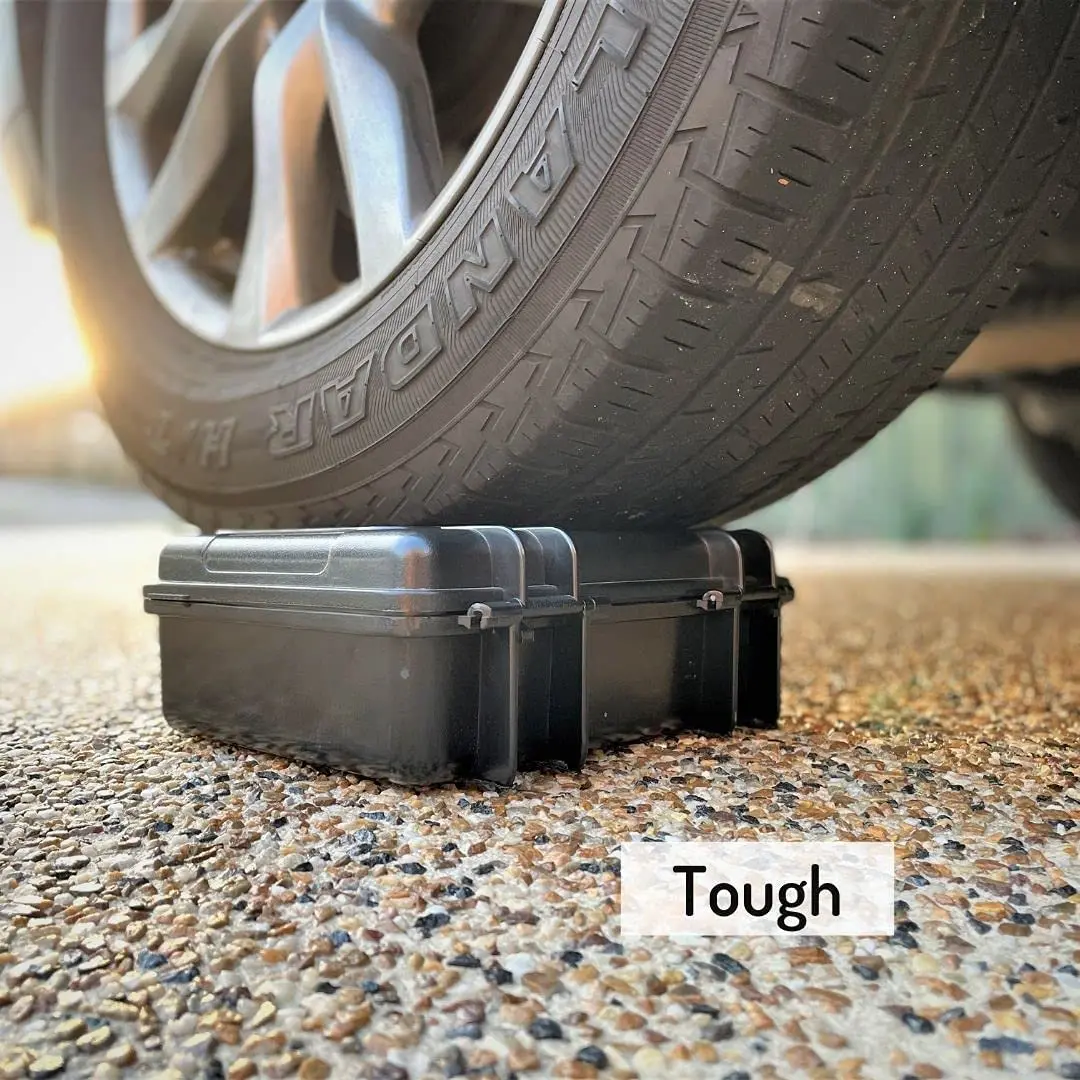
Number of Winding Modules
As seen in our consumption table, the number of watches being wound simultaneously affects power consumption:
- Single winders naturally use less power than multi-watch units
- However, one four-watch winder typically uses less electricity than four individual single winders
- Shared control circuitry in multi-watch winders increases efficiency
- Modular systems can allow powering only the sections currently in use
Many collectors find that consolidated multi-watch winders offer better energy efficiency as their collection grows, as opposed to multiple single-unit winders each with their own power supply and control circuitry.
Programmable Settings and Smart Features
Modern winders with advanced programming capabilities can optimize power usage:
- Customizable rotation direction (clockwise, counterclockwise, or alternating)
- Adjustable TPD settings to match specific watch requirements
- Timer functions that operate only during certain hours
- Sleep mode capabilities when not actively winding
These features allow for tailored operation that provides just enough winding for your specific timepiece without wasting energy on unnecessary operation.
Watch Winder Energy Use in Context: Household Comparisons
To truly understand how minimal a watch winder’s energy footprint is, it helps to compare it with common household devices:
| Device | Typical Wattage | Watch Winder Equivalent |
|---|---|---|
| LED nightlight | 0.5W | Half of a single watch winder |
| Phone charger | 5W | 1-5 watch winders |
| Table lamp with LED bulb | 10W | 2-10 watch winders |
| LCD computer monitor | 30W | 10-30 watch winders |
| Television (LED) | 100W | 33-100 watch winders |
| Refrigerator | 150W+ | 50+ watch winders |
As this comparison illustrates, you could run dozens of watch winders for the same power cost as a single common household appliance. A typical home has many devices drawing far more power than a watch winder:
- A standard refrigerator uses as much electricity as 50 or more watch winders
- Even leaving a single 60W lamp on for 5 hours uses more electricity than a watch winder does in a month
- Your smartphone charger typically draws more power than a single watch winder
This context helps illustrate why watch winder electricity consumption is considered negligible in terms of household energy usage and cost impact.
Are Watch Winders Energy-Efficient? Addressing Common Concerns
Many watch enthusiasts have questions about the energy efficiency of watch winders. Let’s address some common concerns:
Is it wasteful to leave a watch winder running continuously?
No, modern watch winders are designed for energy efficiency. Even when running continuously, they consume minimal electricity—less than many devices you leave plugged in permanently, like alarm clocks or Wi-Fi routers. Most quality winders also feature intermittent operation, only running when necessary to maintain the watch’s power reserve.
Do watch winders have energy-saving features?
Yes, quality automatic watch winders incorporate several energy-efficient features:
– Interval technology that alternates between winding and rest periods
– Sleep mode for inactive periods
– Low-friction components that require less power to operate
– Efficient motors that maximize rotation while minimizing energy consumption
What’s the environmental impact of using a watch winder?
The environmental impact is negligible due to their extremely low power consumption. A typical watch winder uses less electricity annually than a single incandescent light bulb does in a day. Many manufacturers have also embraced eco-friendly materials and production processes to further reduce environmental impact.
Is it better to manually wind watches instead?
From a pure energy perspective, manual winding uses no electricity. However, there are practical tradeoffs to consider. Understanding when to use watch winders is important—they save time, reduce wear on crown mechanisms, and maintain accuracy for watches with complex complications that are tedious to reset. The minimal electricity cost is typically worth these benefits for serious watch collectors.
Do battery-powered winders save energy compared to AC-powered ones?
Battery-powered winders don’t directly save energy—they simply shift where that energy comes from. While they don’t draw power from your home’s electrical grid, the production and disposal of batteries have their own environmental considerations. For long-term use, rechargeable batteries or AC power are typically more environmentally friendly options.
Tips for Energy-Efficient Watch Winder Usage
To maximize energy efficiency while properly caring for your automatic watches, consider these practical tips:
Choose programmable winders with customizable TPD settings
Match your winder’s rotations precisely to your watch’s needs to avoid unnecessary operation. Many watches need only 650-800 TPD, while some winders default to higher settings.Look for winders with Japanese Mabuchi motors
These high-performance winder motors are known for their efficiency, drawing less power while providing smooth, reliable operation.Select winders with intermittent operation cycles
Winders that alternate between active winding and rest periods use significantly less power than those that run continuously.Program operation during off-peak hours
If your electricity rates vary by time of day, set your winder to operate during lower-rate periods.Consider multi-watch winders for growing collections
Consolidating multiple watches into one winder is typically more energy-efficient than using several individual units.
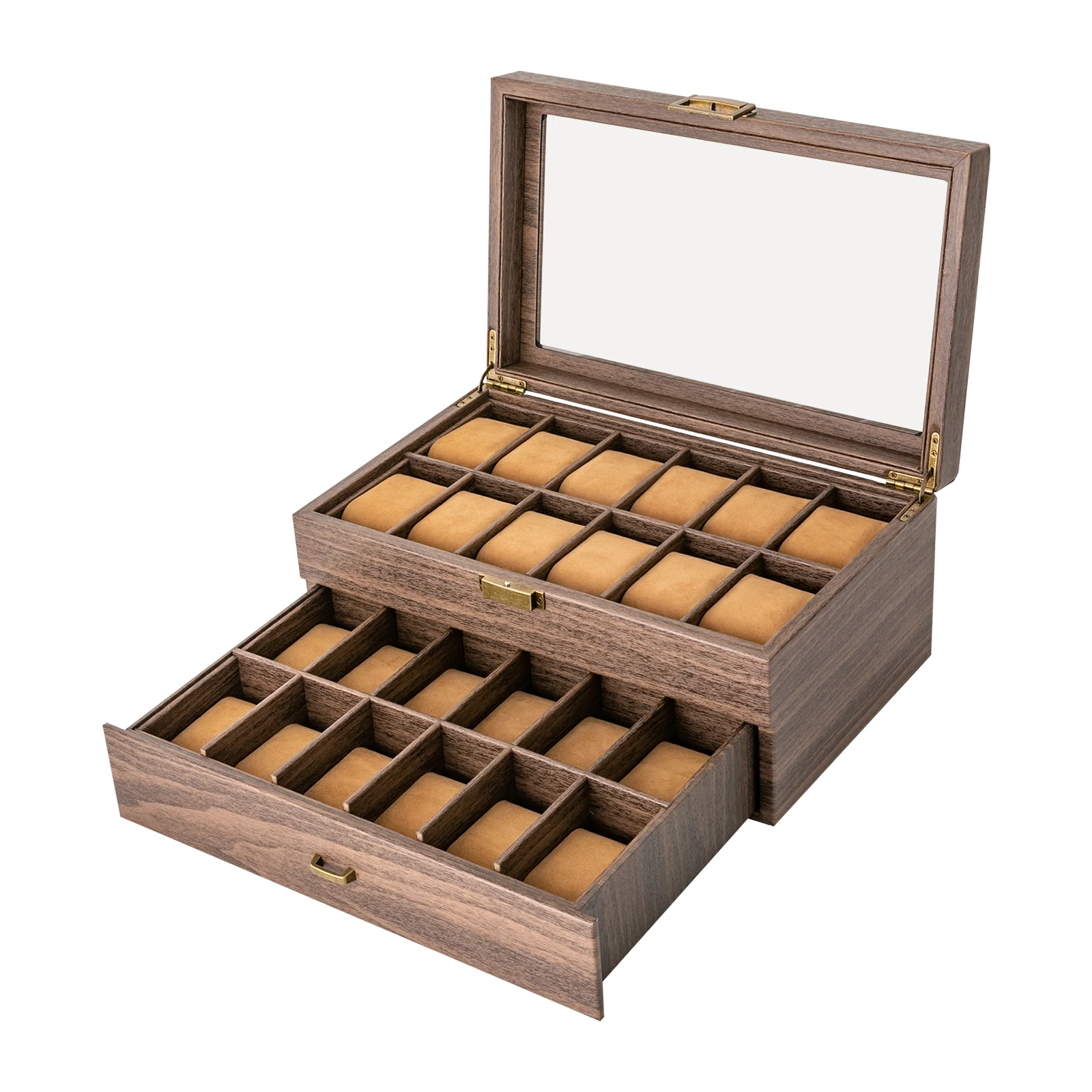
Use accurate rotation settings
Understanding the ultimate guide to automatic watch winder settings helps ensure you’re using only the energy needed for your specific timepiece.Opt for winders with power-saving sleep modes
Advanced winders can be programmed to remain inactive during periods when you typically wear your watch.Place AC-powered winders near outlets
This allows for shorter power cords and less energy loss in transmission.Clean and maintain your winder regularly
Well-maintained motors operate more efficiently. Dust, debris, or mechanical resistance can cause motors to work harder and use more power.Consider removing rarely worn watches
If certain watches won’t be worn for extended periods, consider removing them from the winder and manually winding them before wear.
Automatic Watch Winder, Luxury Watch Winder, Single Watch Box
$307.39 Select options This product has multiple variants. The options may be chosen on the product page4 Watch Winder, 6 Watch Box, Automatic Watch Winder
$512.31 Select options This product has multiple variants. The options may be chosen on the product pageAutomatic Watch Winder, Single Watch Winder, Wooden Watch Holder
$201.76 Select options This product has multiple variants. The options may be chosen on the product pageAutomatic Watch Winder, Leather Watch Travel Case, Single Watch Winder
$146.30 Select options This product has multiple variants. The options may be chosen on the product pageAutomatic Watch Winder, Double Watch Winder, Leather Watch Boxes
$147.60 Select options This product has multiple variants. The options may be chosen on the product pageAutomatic Watch Winder, Double Watch Winder
$206.18 Select options This product has multiple variants. The options may be chosen on the product page
The Minimal Energy Footprint of Watch Winders
After examining the data and comparing watch winders to other household devices, we can confidently conclude that watch winders have an extremely minimal energy footprint:
- A typical single watch winder consumes only about 2-3 watts when operating
- Annual electricity cost ranges from $0.30 to $3.00 depending on the model and usage
- The power consumption is comparable to leaving a single LED nightlight on for a few hours
- Even premium multi-watch winders use less electricity than a standard laptop charger
For watch enthusiasts, these negligible energy costs are easily justified by the benefits:
– Maintaining accurate time and date settings
– Preserving the longevity of automatic movement components
– Keeping watches with complex complications ready to wear
– Displaying valuable timepieces while keeping them functional
The convenience of having your automatic watches ready to wear at any moment far outweighs the minimal electricity usage—equivalent to the cost of a candy bar or cup of coffee per year.
Advanced Considerations: Multiple Winders and Collection Growth
As your watch collection grows, power consumption considerations become slightly more complex but remain remarkably affordable:
Scaling Your Watch Winder Collection
When expanding beyond one or two watches, you have several options for efficient power management:
- Consolidated Multi-Watch Winders: A single luxury watch winder housing multiple timepieces often uses less total power than several individual units.
- Modular Systems: Some winders allow adding modules to a single power supply unit, improving efficiency.
- Rotational Display: For larger collections, consider rotating which watches are actively being wound based on your wearing schedule.
Many serious collectors wonder about the ideal number of watches a collector should have and how to efficiently maintain them all. As collections grow, the electricity usage per watch typically decreases when using multi-watch winders.
Power Management for Larger Collections
For substantial collections, consider these efficiency strategies:
- Group watches with similar TPD requirements in the same multi-watch winder
- Use programmable winders that can be set for different rotations in different slots
- Consider display cases with integrated winding modules for watches in regular rotation
- Reserve battery-powered winders for pieces that need occasional rather than continuous winding
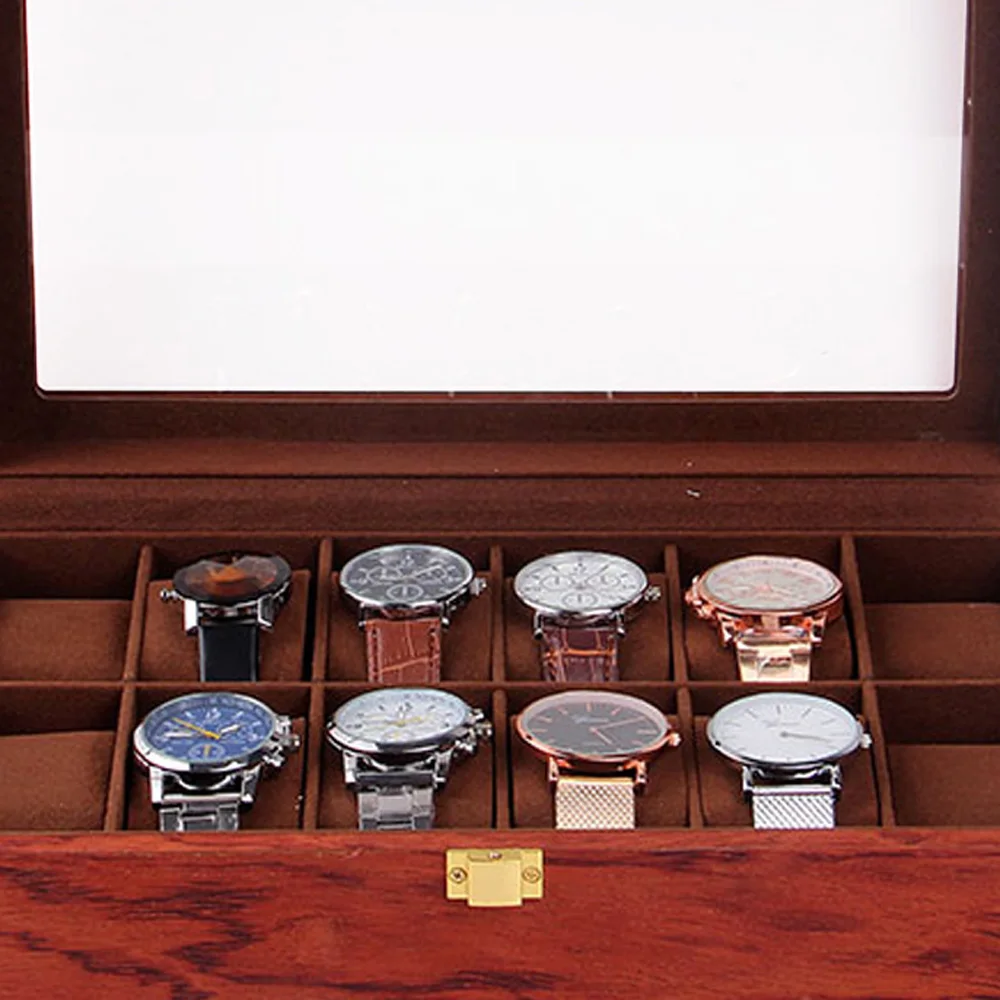
Even with larger collections of 10+ watches in winders simultaneously, the total power consumption remains minimal—often less than a single table lamp. At Daily Accents, we offer various configurations to accommodate growing collections while maintaining energy efficiency.
The bottom line is clear: watch winders are remarkably energy-efficient devices that consume minimal electricity. Their operation costs pennies per month while providing valuable protection and convenience for your automatic watch collection. Whether you own a single treasured timepiece or an extensive collection, the energy consumption of your watch winder should be the least of your concerns.




